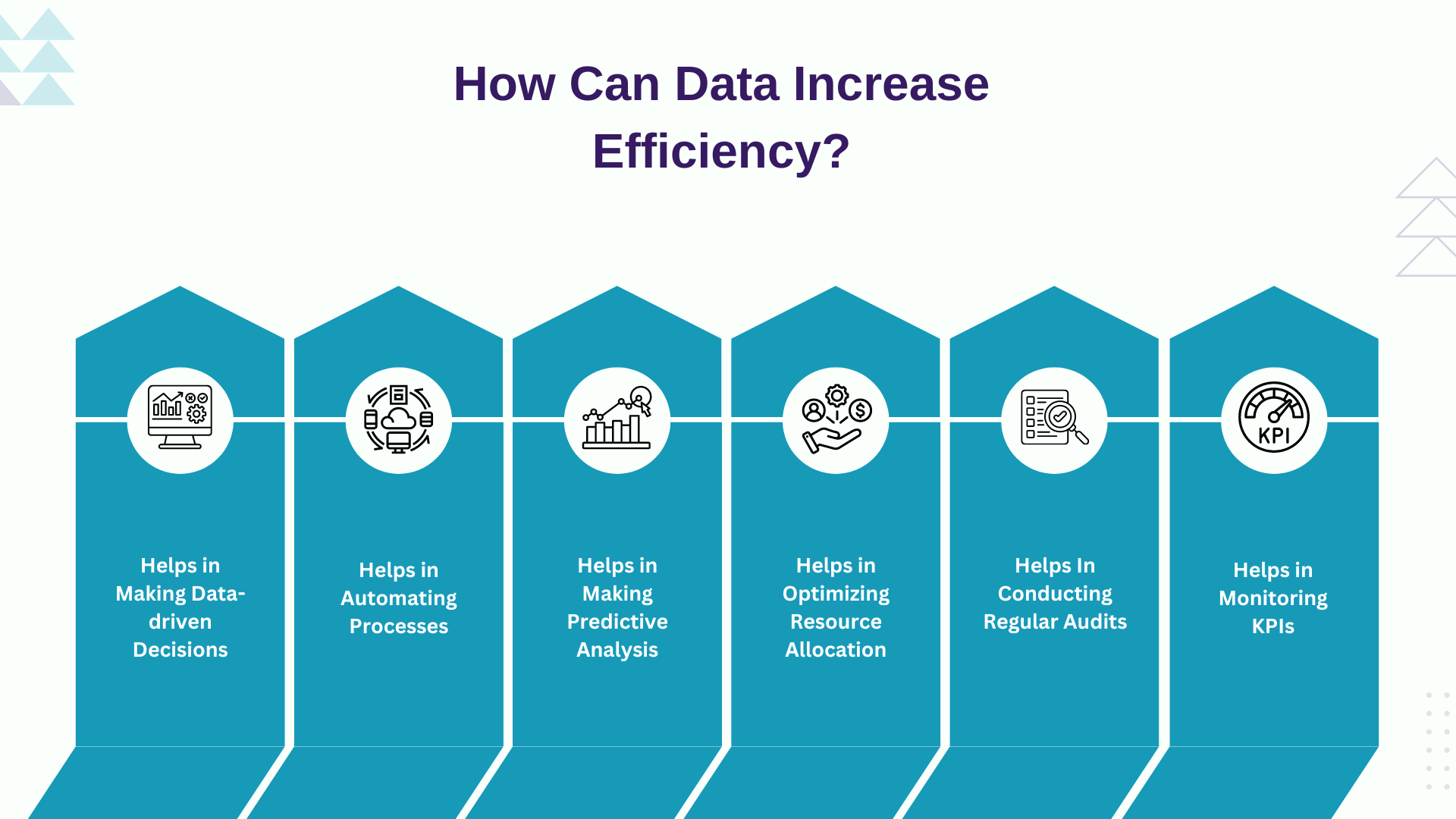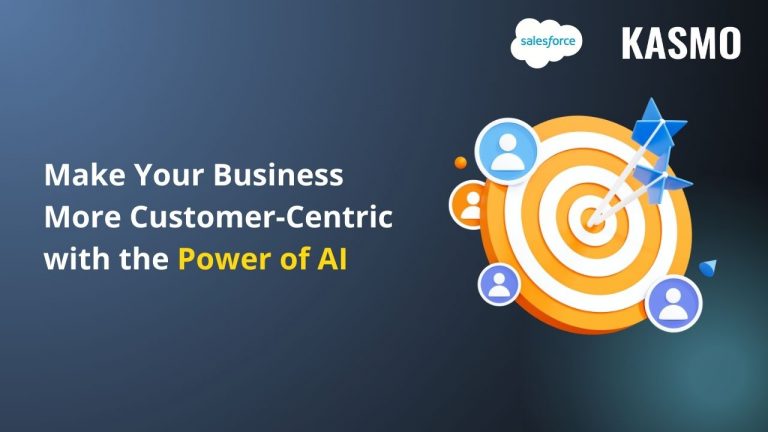How Can the Power of AI be Used to Build a Customer-Centric Company
For any business, happy customers are the cornerstone of success. Building an organization which not only addresses the problems but also takes an active participation and enthusiasm to solve their problems- will create a stronger audience base in the market. However, with the advent of Artificial Intelligence (AI), maintaining this practice has become easier. But how do these companies use the power of AI to accurately gauge customer expectations?
With the introduction of smartphones and social media, the sheer volume of data has increased by leaps and bounds. Therefore, retrieving data while protecting them from outside threats and then using them to analyze trends and patterns can be time-consuming and costly. However, with AI, this complex task can be easily achieved.
Learning to Use the Power of AI
According to Statista, it is predicted that the market for AI is going to increase by over 1.8 trillion U.S. dollars by 2030. It is imperative that companies not only use AI to automate tasks but also use it to solve more complex business problems. Artificial Intelligence in companies can help them recognize patterns, make decisions and help better manage and use the big data that they are collecting.
Organizations can use AI to automate manual tasks that take up a lot of time for employers to do manually. This opens time and opportunities for employees to learn new skills and upgrade their knowledge which the company can use later to improve their business operations. Here are some more ways that organizations can use AI:
- Deliver elevated customer services
- Personalize customer experience through the introduction of chatbots, digital assistants, and customer interfaces
- Elevate their company’s website content by using Gen AI to create enhanced content, images, and ideas
- Train a machine learning model by using metadata to imitate the human decision-making process which helps in solving complex business problems
- However, organizations can only achieve these benefits if the data collected is accurate and managed properly.
Utilizing Data to Drive Efficiency
A recent report by Cybercrime Magazine states that the total global data storage is projected to exceed 200 zettabytes by 2025. Therefore, it is evident from this report that collecting data will not be enough. Organizations need to act on this collected data to become more customer-centric. Here’s how they can do it:

- A unified customer profile will help businesses understand their demands and predict future expectations. They can do so by blending the data collected in a consistent format
- Connecting this profile created to the related engagement funnel with which the data resonates
- After this action is performed, companies can then deliver an elevated customer experience.
Having a unified platform will allow businesses to create individual customer profiles quickly, helping them to identify patterns and trends. Organizations must merge both the digital and physical experiences of customers. New digital media tools can create several agile methods that help organizations understand the strength of their technological foundation.
Using AI for Automation
Utilizing Artificial Intelligence in companies will accelerate progress and create business opportunities. This automation is creating personalized products, finding errors in business processes, and identifying any fraudulent financial activities. AI can classify products and services which does not allow problems to cluster unnecessarily.
Whether the organization belongs to the medical industry or materials industry, AI is tackling even the most complex problems efficiently. There has been in-depth research that has been conducted to predict climate changes, diseases, etc. Even though sometimes AI automation is met with some technical challenges, with continuous enhancements, these challenges will cease to exist.
Enhancing Customer Interactions with Brands
Maintaining a consistent and positive brand image is vital for any business, as it influences customer perception and can significantly impact the company’s success. Using the power of AI to create that brand image can help the business maintain its foothold in this heavily competitive market. Using tracking and payment systems created by AI has allowed businesses to construct intelligent ways to communicate with their customers.
For companies facing challenges in adapting to swift technological changes, it’s recommended to develop a technology roadmap. This strategic plan should include customer-driven use cases. By leveraging real-time analysis of customer data, businesses can ascertain their interest and engagement effectively.
Drawbacks of not using Artificial Intelligence in Companies
According to Harvard Business Review, the companies which have achieved success in digital transformation followed the 70/20/10 rule. This means that the organization gave 70% of their effort to change its processes, Key Performance Indicators (KPIs), and people. Then they invested 20% of their effort in retrieving the right data, and they used 10% of their effort to change the technology foundation. Note that many companies have yet to make an active effort to change their technological foundation.
Here are some drawbacks that can be observed from this:
- A significant number of customer touchpoints are getting overlooked
- Crucial customer data are getting missed, due to less usage of analytics in business operations
- Failure to repurpose content and data to promote awareness about the brand, is leading to less amount of lead generation
- Stagnation in various communication channels is eroding the consumer base for the companies.
Deploying AI Across Several Channels
Effective communication is essential for organizational success. With consumers utilizing a variety of channels daily, it’s crucial for businesses to actively engage across all these touchpoints. This enables the collection of precise data from each interaction, providing a comprehensive view of customer engagement.
For example, if there is a coffee company that has a huge market across the country, and they want to provide personalized menus for their customers then they need to build a cross-channel experience for their consumers so that they can access the different menus at the same time.
Similarly, organizations can use their data and analytics teams to build algorithms in such a manner that their consumers can find their content engaging and appealing. For example, if businesses decide to deploy any promotional offer, then they need to be deployed at the same time throughout their branches so that none of their customers miss out on this opportunity.
Creating promotional activities can help the business retrieve relevant information from their consumers which will help them to predict any future trend.
Conclusion
The blog highlights the transformative role of AI in engaging consumers and fostering a customer-focused business model. For entrepreneurs eager to harness AI’s advantages, our services offer data management and application strategies. Leveraging AI not only solidifies market presence but also propels the achievement of broader business objectives.
In essence, with the Power of AI, companies can:
- Understand and predict customer behaviors.
- Personalize experiences at scale.
- Streamline operations for efficiency.
- Enhance decision-making with data-driven insights.
By integrating AI, businesses can align their operations closely with customer needs, ensuring a competitive edge and facilitating growth.
As a proud partner of Salesforce, we specialize in dismantling data silos and refining data architecture, empowering our clients to unlock the full potential of their information assets. Our global support enables seamless data and workload integration at scale, enhancing efficiency and insight. Talk to our experts here and learn to convert data into a strategic asset that informs every business move, ensuring you stay ahead in a data-driven world. 

